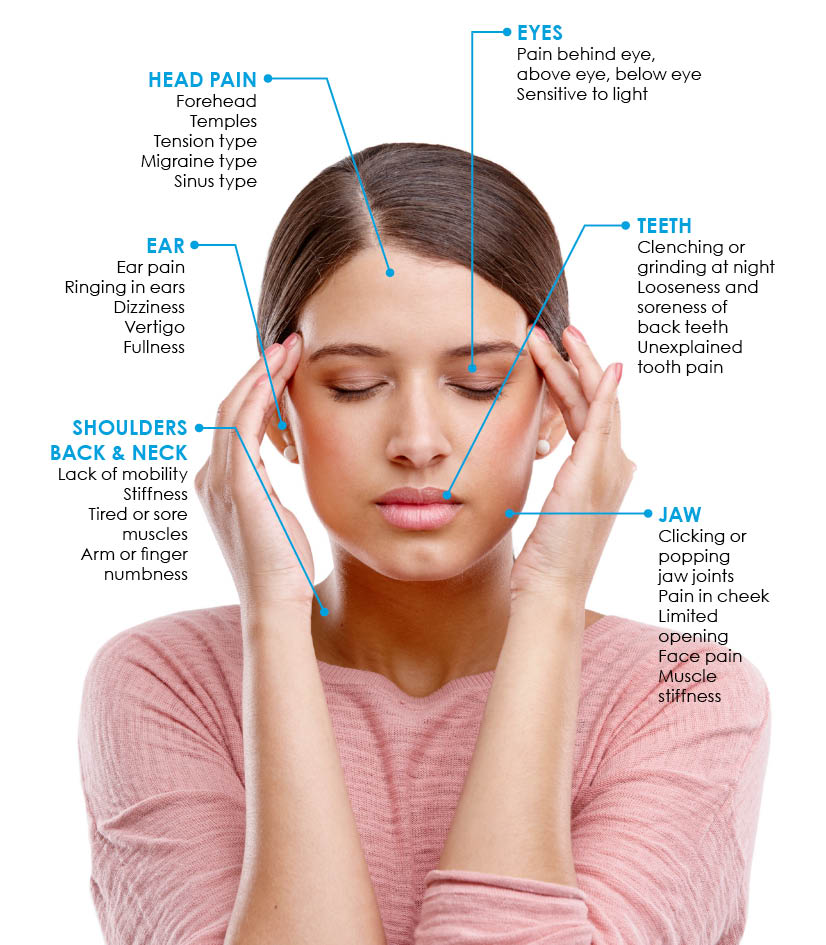J. Peter St. Clair, DMD, PC
KILLING TIME….AND THE VIRUS
April 2, 2020
Here we are again, another week into the viral pandemic that just doesn’t seem to want to go away. Our return to normal seems to keep getting pushed out further into the future. We will be able to see each other again one day, just not for another “few” weeks.
Aside from the numerous webinars and Zoom meetings I’ve been watching specific to dental practices and small businesses, two things I have seen this past week that have had the most impact on me have nothing to do with my profession or my business.
COVID-19 DENTAL UPDATE
March 25, 2020
As of the writing of this column, on Wednesday March 25, 2020, the state and much of the country is shut down. Since information is changing so rapidly, and this print is a week old, I am going to concentrate this week on things that will occur regardless of how long it takes for things to return to normal.
Dental offices will NOT be open for routine care for many more weeks at the rate we are going. Dental problems will continue to arise. It is important that you understand what general dentists are considering emergencies vs. non-emergencies.
In addition, all dental problems, including any questions you have, should be directed to your general dentist.… (Read More)
What is a Dental Emergency?
March 24, 2020
SO, WHAT’S NEW WITH YOU?
March 19, 2020
On April 30, 2009 I submitted a column to The Town Common entitled, “The Swine Flu and You”. Here is the first paragraph from that column:
Who knows where this pandemic will be today as you read this. At the time of writing I had just heard the first confirmed case in Massachusetts.
I don’t know about you, but apparently the Swine Flu wasn’t that big a deal, because I don’t really remember it. THIS ONE you are going to remember.
At the time of this writing on Tuesday March 16, 2020, my dental practice is scheduled to be closed for non-urgent patient care from yesterday until at least April 6th. As I said 10+… (Read More)
Tasty Snacks for Healthier Gums
March 11, 2020

When referring to a healthy smile, many people think about a gleaming set of pearly whites. However, great oral health takes more than clean teeth! Your gums play an essential role in keeping your mouth healthy and your teeth in place. In fact, unhealthy gums could increase your risk of rheumatoid arthritis, diabetes, and heart disease. Thankfully, you can easily improve your gum health with these dentist-approved snacks!
(more…)DOG OWNER ALERT
March 9, 2020

Xylitol is a sugar substitute that possesses 40 percent fewer calories than sugar and has been shown to decrease the amount of cavities that people get. It can be found in specifically formulated things like gum and mints, but can also be in chips, Jell-O, peanut butter and foods. It is important to know that xylitol, even in small quantities, is toxic to dogs.
The dental benefits of xylitol have been known since the 1970’s. Xylitol is not metabolized by the decay-causing bacteria Streptococcus mutans (S. mutans), making it nonacidogenic and thus noncariogenic (not decay causing). Studies have also indicated xylitol decreases the levels of S. mutans in both plaque and saliva. As a result,… (Read More)
WEAR YOUR MOUTHGUARD!!
February 26, 2020

Mouthguards are nothing new, but there are still far too many sports related injuries. Although most youth sport organizations have cracked down on making kids wear mouth protection, there are still injuries occurring. Taking the appropriate protective measures while on the court, field, rink, or ring can save mouths from serious injury and costly dental repairs.
Any sport that presents the chance of contact or collision with another person, object, or surface can potentially cause injury to teeth, jaws, and oral soft tissue. These sports include, but are not limited to, football, basketball, soccer, hockey, boxing, and lacrosse. Individuals who participate in sports, such as biking, inline skating, or skateboarding are also at risk for… (Read More)
BEYOND TOOTH PAIN
February 24, 2020

Orofacial pain includes a number of clinical problems involving the chewing (masticatory) muscles or temporomandibular joint (TMJ). Problems can include TMJ discomfort, muscle spasms in the head, neck or jaw, migraines, cluster or frequent headaches, pain with the teeth, face or jaw, anxiety and depression.
The resting position of the jaw, which is the position it should be in most of the time, is lips together with the teeth slightly separated. Breathing should be through the nose. The teeth should be touching a total of about 15 minutes in a 24-hour period of time. People who clench or grind touch their teeth much more than this. This is the primary reason people get orofacial pain.… (Read More)
